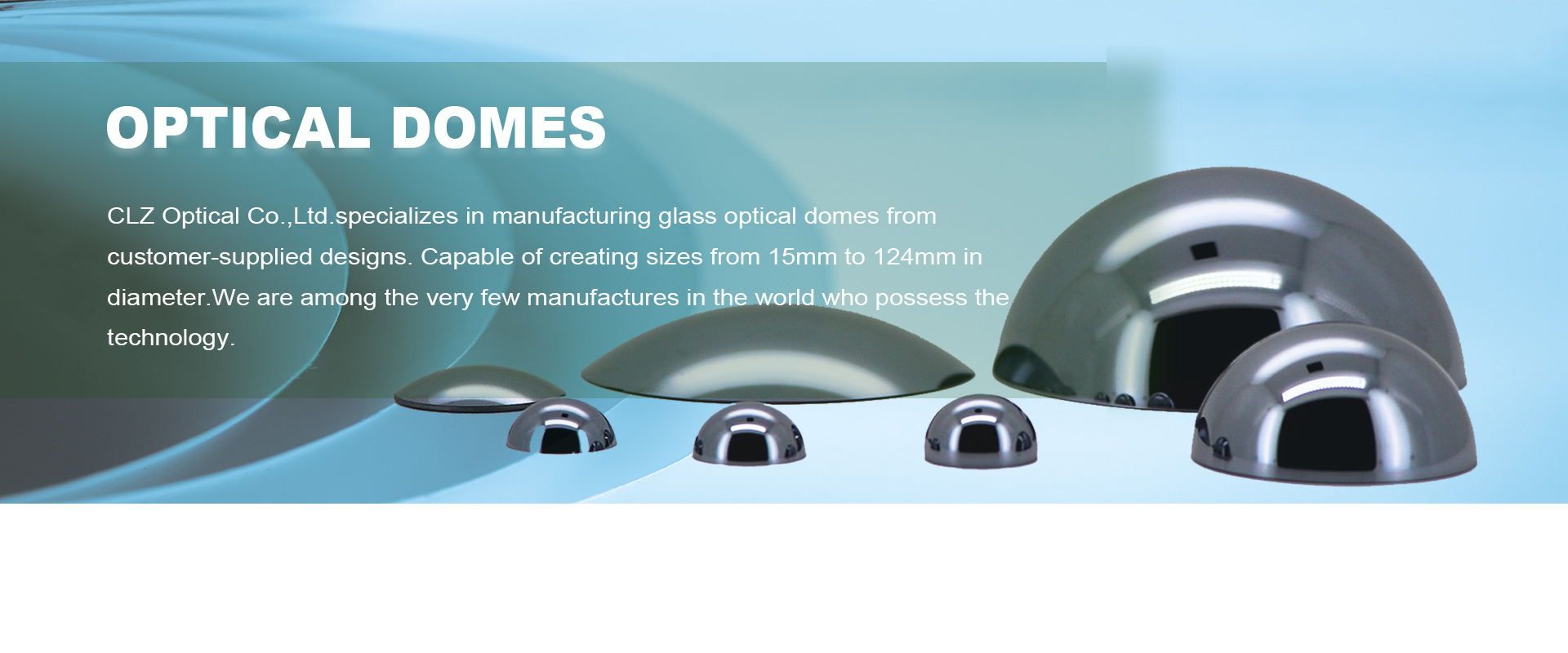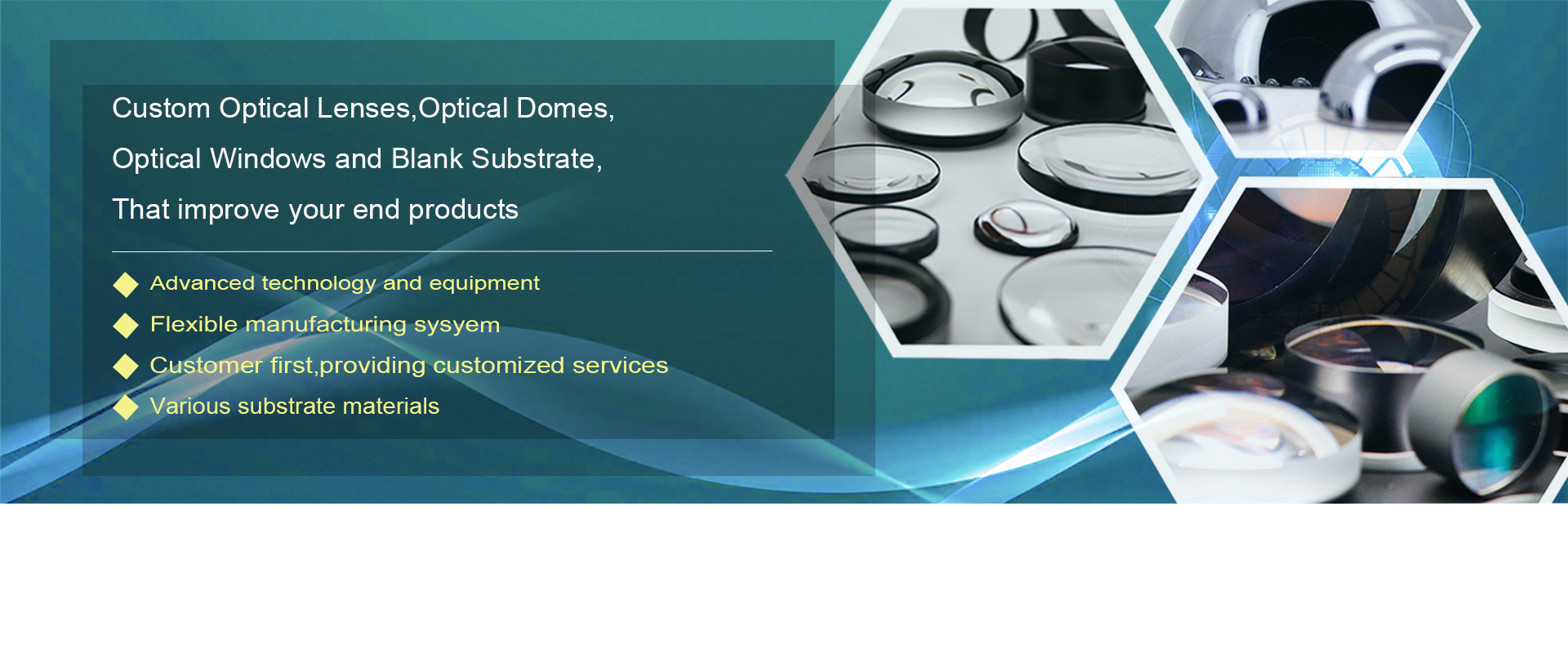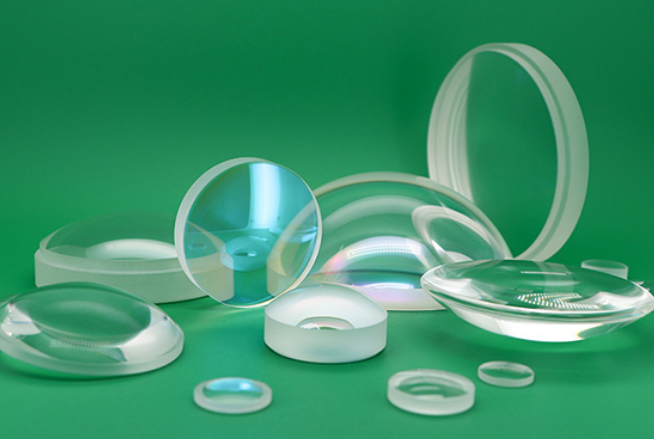Pros and Cons of Aspheric Lenses
Jan. 04, 2025
Aspheric lenses excel in optical applications, offering notable advantages over traditional spherical lenses. This overview highlights their benefits and addresses potential drawbacks based on insights from various sources.
Advantages of Aspheric Lenses
- Lightweight and Impact-Resistant: Aspheric lenses are lighter despite their thinner design, ensuring prolonged comfort for the wearer. Additionally, they offer excellent impact resistance, enhancing safety.
- Slimmer and Thinner Profile: By adopting flatter base curves, aspheric lenses achieve a slimmer, more streamlined appearance. This not only enhances aesthetics but also reduces peripheral magnification, minimizing distortions that could affect how the eyes are perceived.
- Optical Superiority: Aspheric lenses are crafted to reduce aberrations, particularly spherical aberration. Unlike traditional spherical lenses that can cause blurriness, aspheric lenses focus light more evenly, providing clearer and sharper vision from various angles.
- High Luminosity Performance: Even with high prescriptions, aspheric lenses deliver superior optical performance, offering better clarity than traditional spherical lenses. This makes them suitable for a wide range of prescriptions.
- Enhanced Peripheral Vision: Aspheric lenses improve peripheral vision compared to their spherical counterparts, providing clarity not only in the central field of vision but also towards the edges. This contributes to overall visual comfort and enhances safety.
Disadvantages of Aspheric Lenses
- Spherical Eye vs. Aspheric Lens: The natural spherical shape of the human eye may require wearers to adjust to the perception, especially when viewing objects at the edges of aspheric lenses.
- Smaller Light Area: Aspheric lenses have a smaller light area, which can result in slight blurring when the eye rotates. This limitation may reduce the overall visual range.
Applications of Aspheric Lenses
- Condensers: Aspheric lenses outperform spherical lenses in light collection, direction, and reducing spherical aberrations. They enhance light transmission, improve collection efficiency, and allow for higher numerical apertures in condenser systems, making them essential in applications like microscopy.
- Telescopes and Zoom Lenses: Aspheric lenses help reduce the number of elements, lower f-numbers, and improve portability in optical systems. They offer broader zoom ranges, extended focal lengths, and wider fields of view, enhancing the performance of telescopes and zoom lenses.
- Medical Imaging: Aspheric lenses are used in medical devices such as endoscopes and ophthalmic lenses, improving image quality while minimizing spherical distortion.
- High-Resolution Imaging: By reducing spherical aberration, aspheric lenses contribute to superior performance in high-resolution imaging systems, particularly in ophthalmology.
- Laser Beam Shaping: Aspheric lenses are effective in transforming Gaussian laser beams into Top Hat beams, ensuring uniform intensity distribution. This makes them valuable for applications requiring consistent illumination, such as metrology, microscopy, and material processing.
Aspheric lenses offer substantial optical benefits by correcting aberrations, ensuring clearer vision, and enhancing peripheral clarity. Their sleek, slimmer profile adds to their appeal. However, they do have some drawbacks, such as a smaller light area and a potential adjustment period for users accustomed to spherical lenses.
Recent advancements in manufacturing have made aspheric lenses more affordable and versatile, enabling them to replace multiple spherical lenses in various applications. This leads to cost-effective and high-performance optical systems, making them a popular choice across many industries.
Feel free to reach out to CLZ Optical today to discuss your projects. We’d be happy to assist and help ensure their success.




















